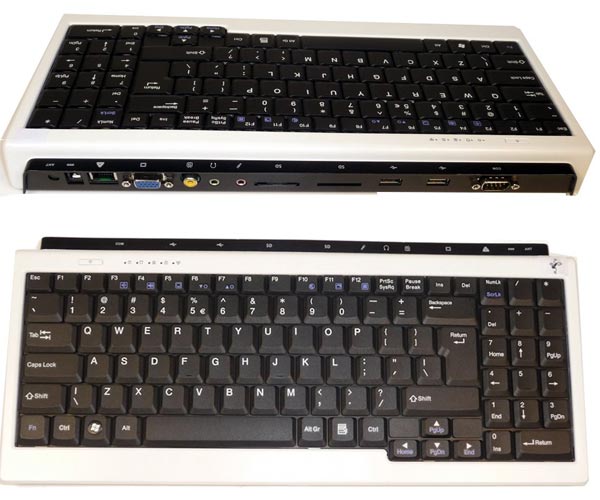

finish Then run find: find /path/to/files -type f -newer. touch can do this: touch -t '201301160001'. Though people might tell you, you should not parse the output of ls, simply that can easily break if your file name contains tabs, spaces, line breaks, your user decides to simply specify a different set of ls options, the ls version you find is not behaving like you expected. This is a common occurrence, especially when digging through an old external hard drive for that document or photo you need. Start by creating two temp files with specific times to search between. You can see the date it was last accessed, the modify time and the last change. The stat command can show file size, type, UID/GUID and the access/modify time. Once done, you will be ready to search for that elusive file or check when things have been accessed.

Open your Terminal and gain root if you need it. This article is also meant to give System Administrators a vital guide to enhance their toolset for their daily activities and tasks.
UNIX LS FIND FILES BY DATE MODIFIED PROFESSIONAL
This investigation could be on a professional level, with dedicated forensic analysis, or on a home-user level, trying to see which of their photos was copied and potentially where it ended up. Knowing when a file was used, accessed or changed can help with unauthorized access or simply as a way to keep track of what has happened. Note that to find files modified before 24.
UNIX LS FIND FILES BY DATE MODIFIED HOW TO
We are going file hunting!Īlso read: How to Find Large Files in Linux Why is this important? You can use the find command to find all files that have been modified after a certain number of days. find /path/to/dir -newermt yyyy-mm-dd -newermt yyyy-mm-dd -ls. The following command will provide detailed information about a directory: ls -d -l. GNU/find latest version: find /path/to/dir -newermt 'date'. Type ls -l chap1.profile to display detailed information about that program. We can make its output more comprehensible by using the -F option which tells ls to. It is time to channel your inner Sherlock Holmes. Then you need type this: ls -a This list will list all files. ls prints the names of the files and directories in the current directory.


 0 kommentar(er)
0 kommentar(er)
